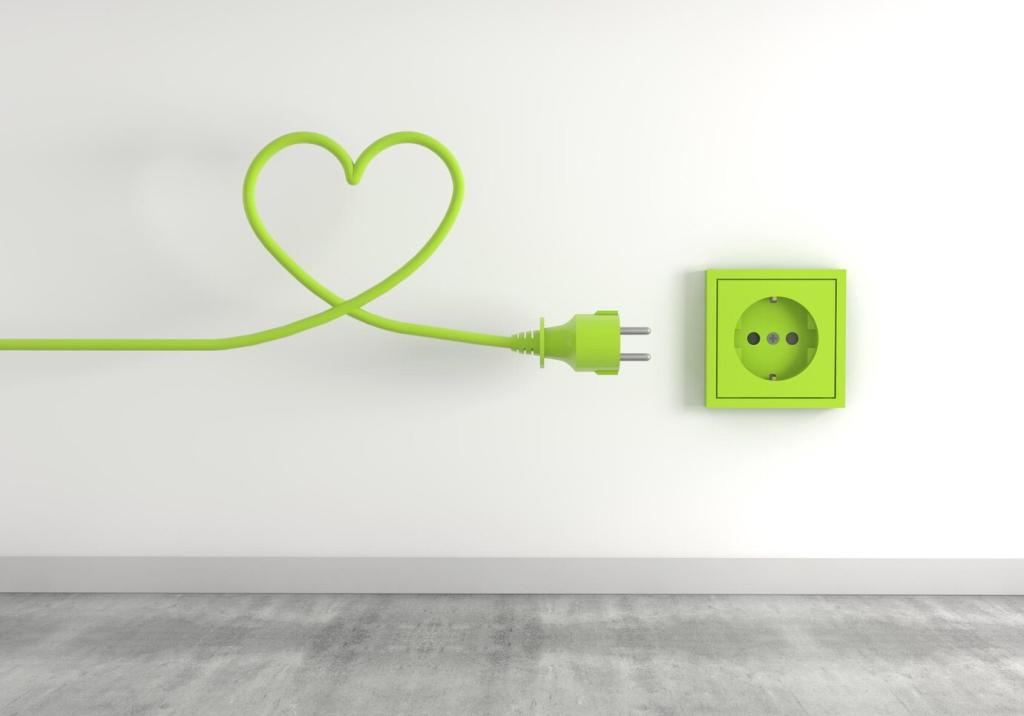Light Smarter: Energy Efficient Lighting Solutions for Modern Homes
Chosen theme: Energy Efficient Lighting Solutions for Modern Homes. Welcome! If you want rooms that feel brighter, bills that feel lighter, and habits that feel kinder to the planet, you’re in the right place. Today we’ll turn efficiency into everyday comfort—simple choices, tangible results. Ask questions in the comments and subscribe for weekly, practical lighting insight.
Why Energy Efficient Lighting Matters at Home
The Numbers That Add Up
Lighting can account for roughly 9–12% of a typical home’s electricity use, making it a powerful lever for savings. LEDs use up to 75–80% less energy than incandescent bulbs and last far longer, reducing replacements, clutter, and waste. Share your current bulb mix below—let’s plan your first five swaps.
Comfort, Health, and Atmosphere
Efficient doesn’t mean clinical. Modern LEDs offer warm, welcoming tones with minimal flicker and smooth dimming that supports evening wind-down. Thoughtful color temperature choices can reduce eye strain, enhance reading, and set calmer moods. Comment with your favorite cozy corner; we’ll suggest an efficient light recipe.
A Quick Household Story
When Maya and Luis replaced their most-used halogens with LEDs, their living room felt cooler in summer because bulbs released less heat. Their lighting energy use dropped by about 60%—and the ambiance got better. Share your before-and-after photos and subscribe to follow their step-by-step upgrade path.
Pick the Right Bulb for Every Fixture
LEDs deliver excellent efficiency, long life, and instant full brightness. CFLs use less energy than incandescents but contain a small amount of mercury and are fading from homes. Halogens run hot and are less efficient; many regions have phased them out. Tell us your current bulbs—we’ll map fast LED replacements.
Pick the Right Bulb for Every Fixture
Warm white (around 2700K) feels cozy for bedrooms and living rooms; 3000–3500K suits kitchens; 4000–5000K favors task areas. Look for a CRI of 90+ to render skin tones and food naturally. Post your room photos; we’ll recommend a color temperature that fits your vibe and keeps energy use low.


Room-by-Room Efficiency Strategies
Use LED under-cabinet strips for crisp, shadow-free prep areas, pair pendants with dimmable LED bulbs for meals, and keep a soft ambient ceiling layer. This layered approach reduces over-lighting while improving clarity. Share your countertop length and finish; we’ll suggest efficient lumen targets.


Motion and Vacancy Sensors
Install sensors in garages, pantries, laundry rooms, and kid spaces where lights are often forgotten. Vacancy sensors require a manual on, then auto-off—ideal for avoiding false triggers. Share where lights get left on at your place, and we’ll recommend a sensor type and timeout.
Schedules, Scenes, and Presence
Use sunrise/sunset schedules to shift lighting automatically through the seasons. Presence detection and geofencing can shut lights when everyone leaves. Create scenes—Work, Movie, Wind-Down—that cap brightness to efficient levels. Tell us your daily rhythm, and we’ll craft a low-energy scene set.
Sunlight-Aware Automation
Daylight sensors dim fixtures when sunshine is abundant, maintaining a steady, comfortable light level without wasting watts. It feels seamless, like cruise control for brightness. Comment with window orientations, and we’ll suggest daylight-harvesting settings that balance comfort and efficiency.
Design with Daylight First
East-facing rooms glow in the morning; south-facing spaces bask longer but can glare. Use sheer curtains, adjustable shades, and strategic furniture angles to welcome light without eye strain. Share your sunniest room, and we’ll advise efficient glare control and supplemental LEDs.
Design with Daylight First
Light-colored walls and higher-LRV paints bounce daylight deeper into rooms, reducing the need for electric light. Matte finishes tame reflections while still boosting brightness. Post your wall color and rug tone; we’ll suggest small, efficient tweaks that make spaces feel luminous.
Design with Daylight First
Well-placed skylights or tubular daylighting devices bring soft, even light to interior corridors and baths. Choose diffusers to prevent hotspots and mind shading to limit heat gain. Considering an install? Ask questions below for energy-smart placement tips.
Costs, Payback, and Ongoing Savings
Total Cost of Ownership Perspective
Compare bulbs by lumens per watt and rated life, not just purchase price. A quality LED that sips power for years beats repeated replacements and waste. Drop your top five most-used fixtures, and we’ll estimate impact from an efficient swap.
Rebates and Programs to Explore
Many utilities offer rebates for ENERGY STAR certified bulbs and smart controls. Look for in-store markdowns, online voucher codes, or mail-in programs. Comment with your region, and we’ll point you toward popular, efficiency-boosting incentives.
Quick Wins This Weekend
Do a mini lighting audit: list fixtures by hours used, swap the highest-use bulbs first, enable dimming, and set schedules. These steps deliver noticeable savings fast. Share your checklist progress below, and subscribe for a printable audit template.
Recycle and Dispose Responsibly
CFLs need special recycling because of mercury; many hardware stores accept them. LED recycling options are expanding—check local e-waste guidelines. Ask about safe drop-off points in your area, and we’ll help you dispose responsibly while upgrading efficiently.
Keep Fixtures Efficient
Dust lenses and shades to recover lost brightness, check for yellowing diffusers, and recalibrate timers each season. If a space feels overlit, lower dimmer maximums. Post a photo of a troublesome fixture, and we’ll suggest efficient fixes.
